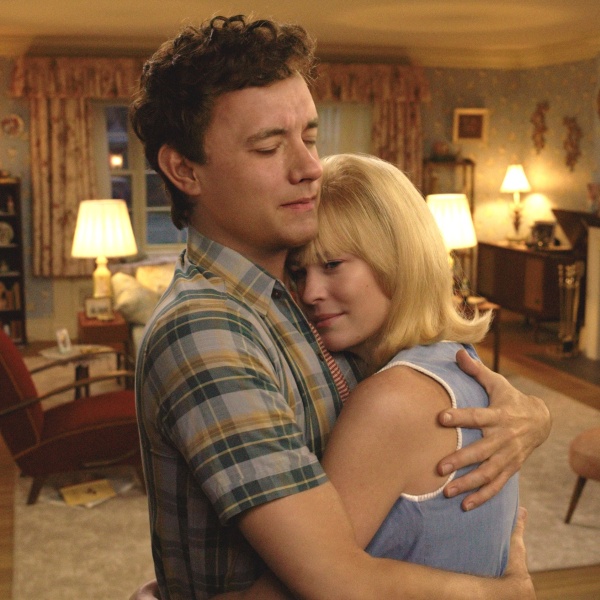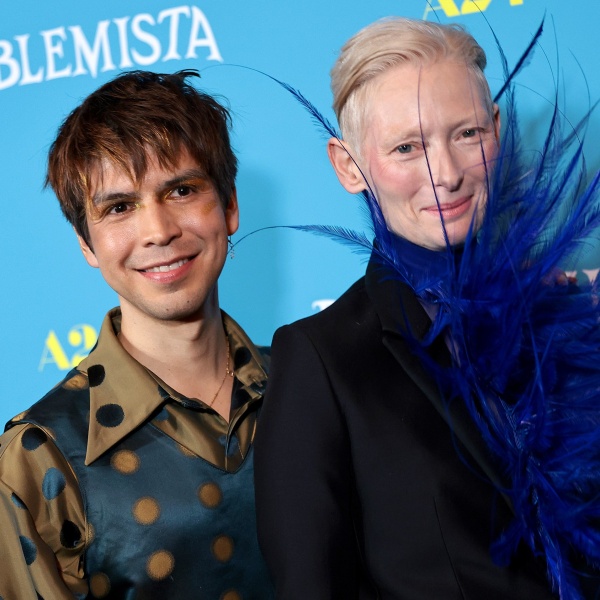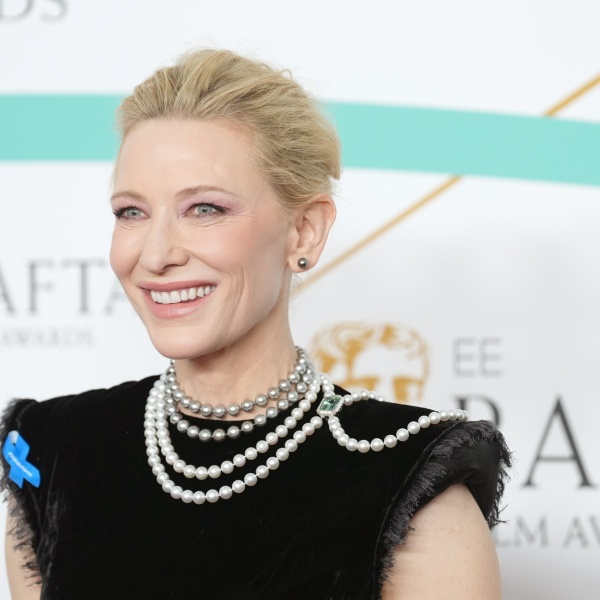When American soul and R&B icon Luther Vandross sang, he didn’t just produce beautiful musical sounds. He caressed and coddled each note with his famously velvety tenor voice, considering where to linger, when to whisper, or to gradually crescendo with an impeccable and ever-influential technique. In other words, he didn’t only sing, but created something ethereal, something that both pushed the form and felt like it gently poured straight out of his soul.
Considering the stamp he put on the American music industry, it feels strange that there hasn’t yet been a definitive documentary about Vandross’ unsung legacy until Dawn Porter’s “Luther: Never Too Much,” which had its world premiere recently at this year’s Sundance Film Festival. But that delay is perhaps fortuitous — after experiencing Porter’s loving portrait of the virtuosic musician, producer, and songwriter, you can’t imagine Vandross’ story being told by anyone else. Maybe this was just a project waiting around to be handled by none other than its perfect match.
The meticulous non-fiction filmmaker of the reproductive rights documentary “Trapped” and the rousing “John Lewis: Good Trouble” on the eponymous politician and activist, Porter proves to be that ideal creative match throughout “Luther,” taking the viewer on a journey of music and identity with political, social and emotional tangents. There is a stirring sense of discovery in every corner of the searching “Luther” that will awe both the most knowledgeable Vandross fans and those who are only versed in the well-known brushstrokes and ballads of his career. That latter group will learn a lot, too, hopefully making it their mission to broaden their playlists with Vandross classics.
Like many a music documentary (or, most biographical documentaries about a famous person) that came before it, “Luther” relies on a combination of archival material and first-person interviews with those that have been the closest to the man. Smartly, Porter leans heavier on the former, letting Vandross’ work, music, and own words speak for themselves. “The wealth of archival material is dizzying” is a verdict we throw around often for such efforts. But in this case, its breadth and depth is truly something to behold as Porter unleashes rehearsal footages, concert clips, old media interviews, and timeless Vandross songs — from “Ain’t No Stopping Us Now,” to “Never Too Much,” “Here and Now,” “Endless Love,” and “Dance with My Father” — weaving them with interviews within an intricate yet graceful construct that creates the impression that Vandross is telling his own life story.
And what a life that was, cut way too short when the legend passed away in 2005 from a heart attack at the age of 54. Porter is quick to point out that in his early days, Luther’s tastes and style were shaped not by men, but mostly by the iconic Black female vocalists of the ‘60s, chief of them being Aretha Franklin and Dionne Warwick. Reaching success in the 80s and racking up 8 Grammy Awards (out of 33 nominations) since then, Luther collaborated with and inspired a sensational line-up of artists including David Bowie — Vandross sang background vocals in and arranged Bowie’s ageless “Young Americans” album — Mariah Carey, Janet Jackson, Diana Ross, and even his god-level idols, Franklin and Warwick.
He also had his hand in unlikely commercial pursuits like “Sesame Street” and advertising jingles. Again, it can’t be overstated how rich, generously utilized, and thrilling all the related archival material is, elegantly braided by Porter (and her editors Mark Fason and Jessica Congdon) with attentive switches between black-and-white and luminous colors, and aided (but not interrupted) by talking heads like Mariah Carey, Jamie Foxx, Dionne Warwick, Richard Marx, and various other lifelong friends and collaborators.
These thoughtfully conducted interviews lucidly support several story threads that Porter pursues. Among them is Vandross’ weight fluctuations that frequently occupied grotesque headlines, with talk show hosts maddeningly bringing his physique up every time they got to sit down with him. This intense focus on his appearance (at times, more than his music) perhaps contributed to why Vandross had to fight harder than most to claim the respect and praise that his music deserved. The other obvious contributor was racism — in that, Vandross struggled in the hands of the record industry and with the quest of crossing over to pop (and white listeners) like Michael Jackson did, even though he embraced a controversial pursuit that wasn’t necessarily accepted by every Black artist.
Vandross’ sexuality is another a topic that respectfully runs through Porter’s doc, in the sense that she and her subjects are critical of the speculative media that tirelessly questioned it, fueling the intrusive public’s curiosity. While Vandross never confirmed or denied his orientation, there was never any doubt that he was a devout romantic at heart, someone with so much unrequited love to give. His “Any Love” (as an interviewee heartbreakingly points out in the film) was exactly about that very thing, that any romantic partner would be a worthy one when he sang, “Now all you need is a chance to try any love.”
“Luther: Never Too Much” leaves a nostalgic aftertaste, both joyously commemorative and occasionally mournful considering how much more Vandross could have given the world. But the film’s celebratory vein is the one that bursts in the end, honoring a shiny creator in an unapologetically glittering stage wardrobe that he often designed himself. If Porter demonstrates anything here, it is the fact that Vandross was someone who didn’t hesitate to take up the space that he earned. In that, “Luther: Never Too Much” is the grand way he deserves to be remembered.
Grade: B+
“Luther: Never Too Much” premiered at the 2024 Sundance Film Festival. It is currently seeking distribution.







